This shrine consists of the Oku-no-in (isolated inner sanctuary) at the top of the mountain and the Satomiya (main shrine hall) at the base of the mountain. The Oku-no-in is mentioned in the Engishiki Jinmyouchou (a document that listed existing Japanese shrines in the year 926). The main shrine and worship hall of the Satomiya were built in the late Edo period with the best of shrine building architecture, and the intricate roof, which looks as if waves are crashing against each other, and the magnificent carvings throughout the structure are a sight to behold. In 1984, it was designated a National Important Cultural Property for its architectural beauty and the certainty of its historical record. Okamoto Shrine is dedicated to Kawakami Gozen, the goddess of paper.
Tourist Information
Recommended
Sightseeing Spots
Okamoto-Ōtaki Shrine
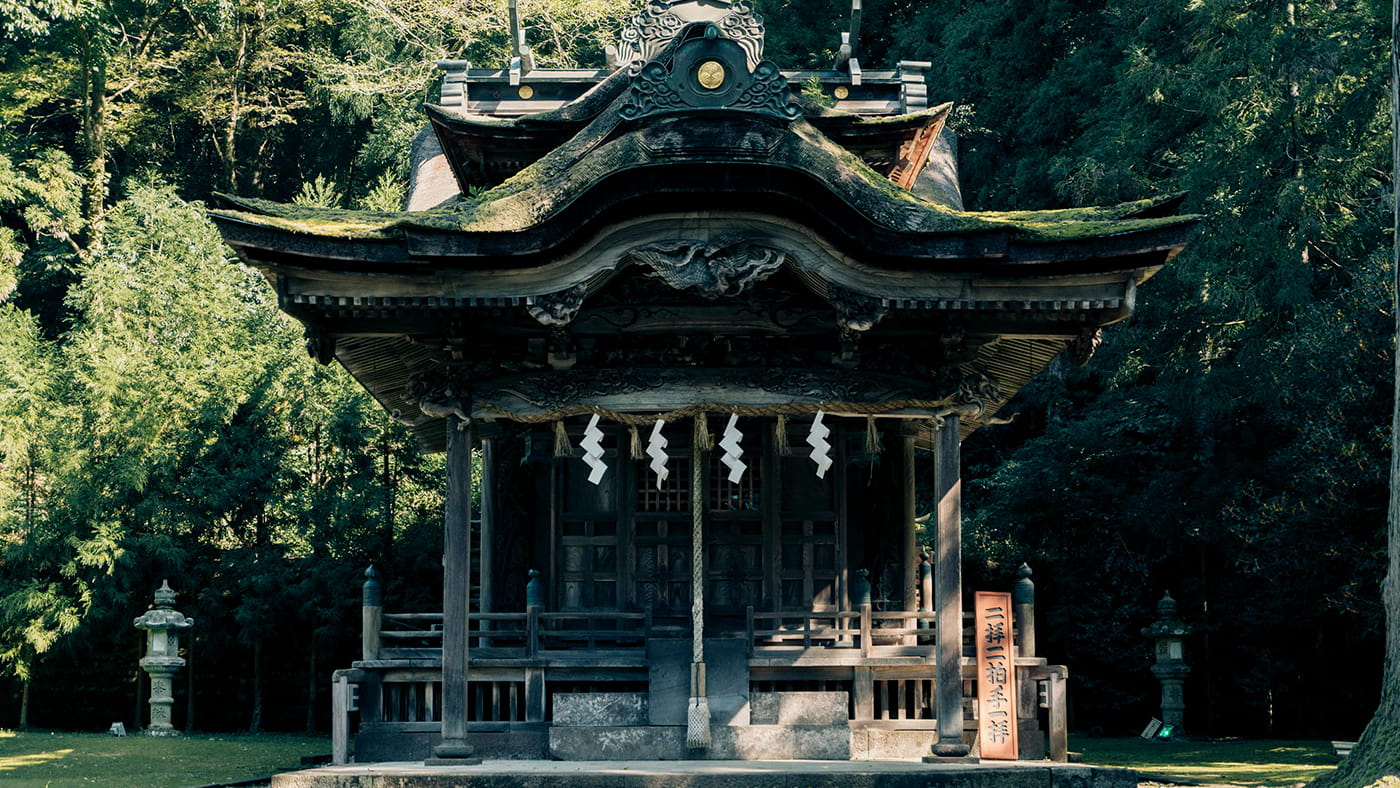
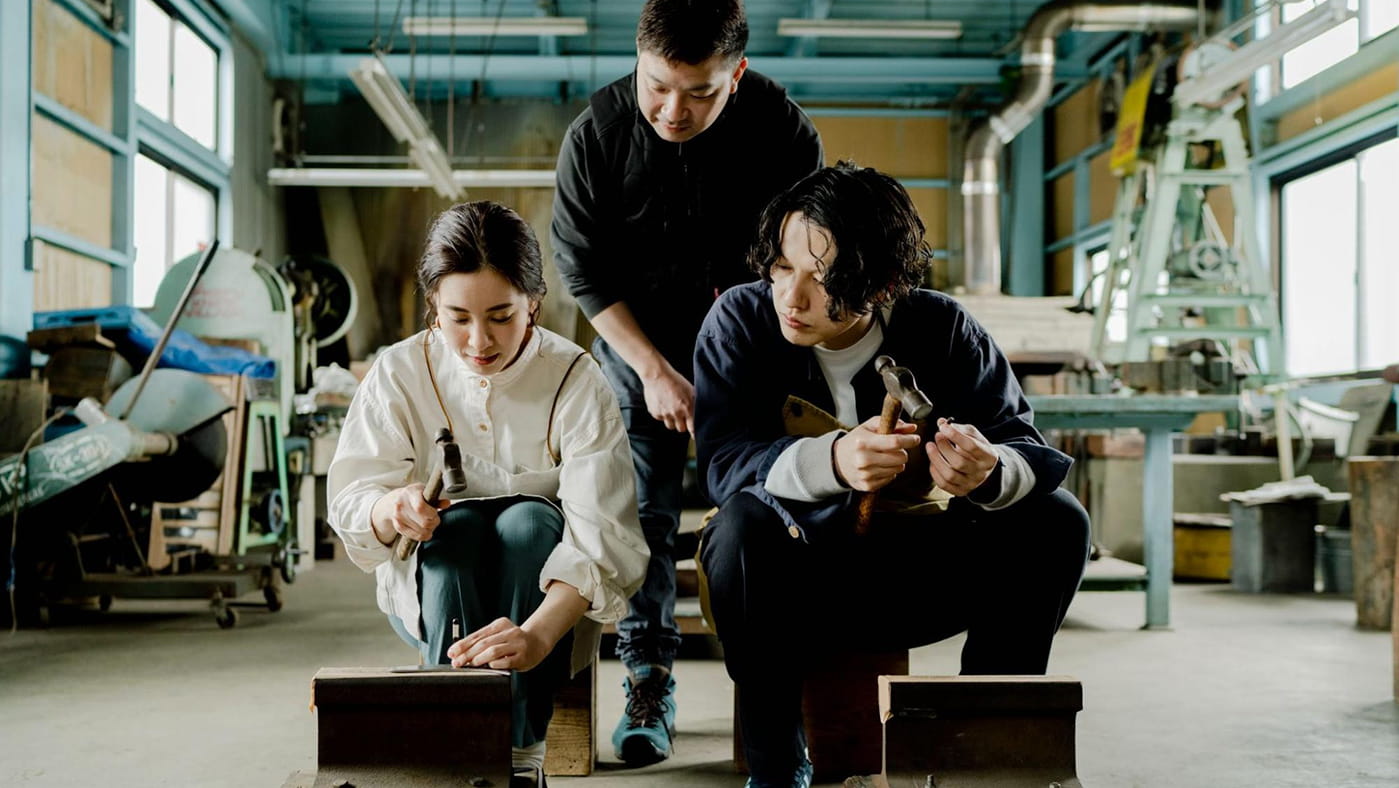
Takefu Knife Village
A joint workshop for Echizen Uchihamono (forged knives), a nationally designated traditional craft with 700 years of history. A new building was completed in August 2020.
In addition to workshop tours and shopping, visitors can also experience making their own kitchen knives at this comprehensive tourist facility for traditional crafts. The “Knife Course,” which offers a series of hands-on experiences from traditional hizukuri forging to sharpening with a rotating whetstone, is a popular program that is rare even in Japan. Other programs available are all offered by knife artisans, instructing visitors on the basics of knife-making.
Gotanjoji Temple
Gotanjoji Temple, a Soto Zen Buddhist temple located in the quiet mountains of Shoden-cho, Echizen City, is a temple specializing in ascetic practices, where trainee monks devote themselves to daily ascetic training. Nicknamed “the temple of cats,” the temple takes in cats that have nowhere else to go, and about 30 cats are currently living there. The “Sunday Zazen-kai” is held every Sunday free of charge; there, various activities that require communication such as yoga and sign language classes, as well as exchanges with the vice abbot and ascetic monks during tea ceremonies are held, in the hope that they will be an “opportunity for one’s mind to be reborn.”
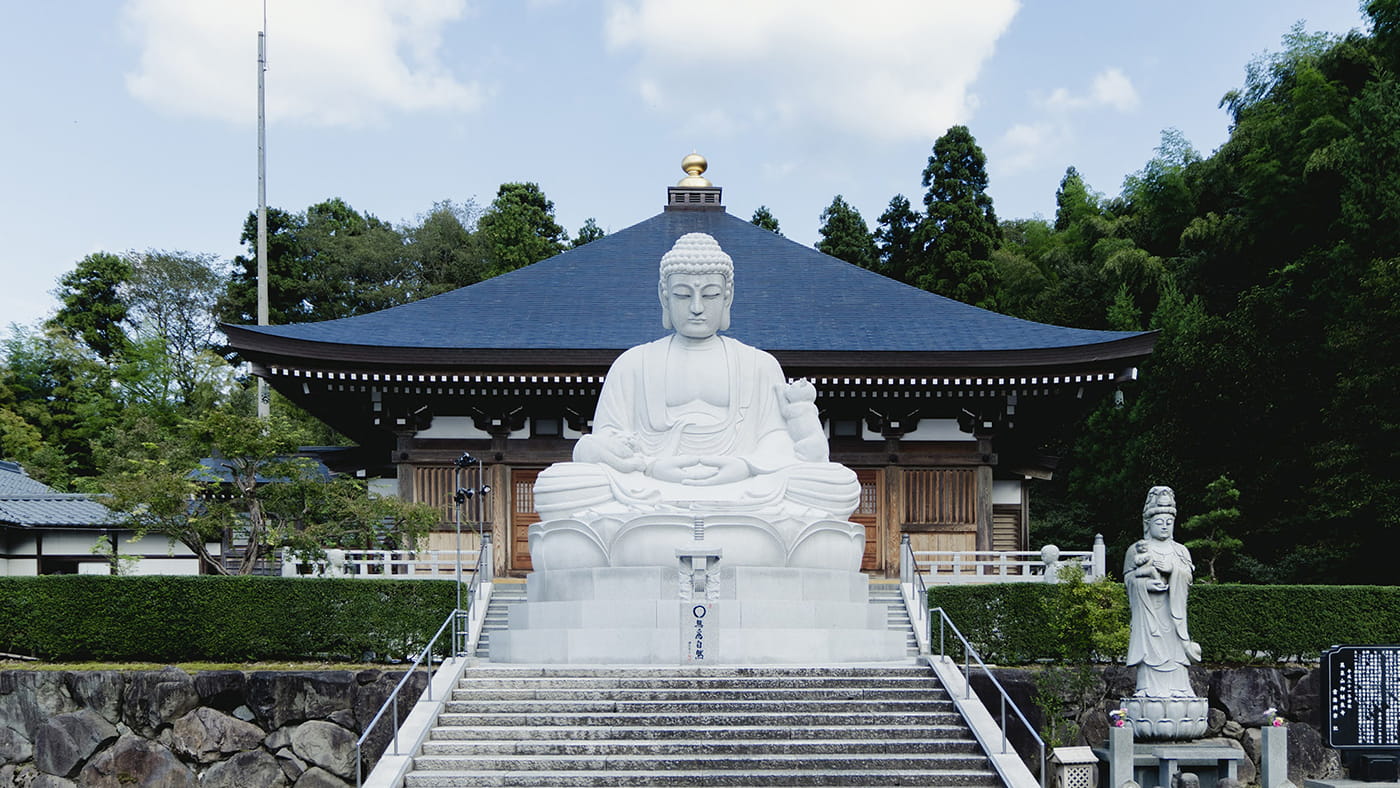
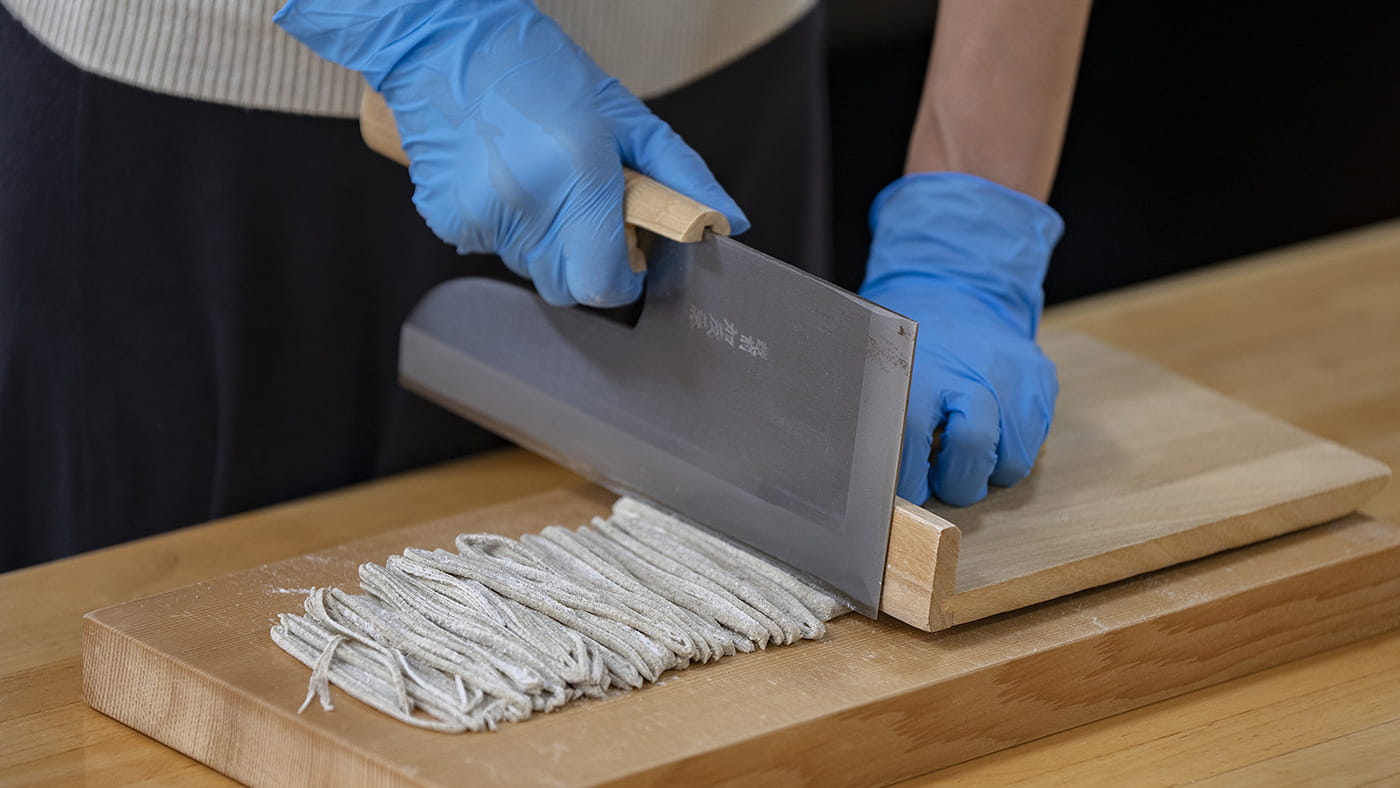
Echizen Soba Village
Echizen Soba Village cultivates soba (buckwheat) on its vast, directly managed farms in Echizen City and Hokkaido. Everything from milling to noodle- and dipping sauce-making is done in an integrated manner. Visitors can also have a tour of the soba factory, which is rare even in Japan.
Visitors can try their hand at making soba noodles and mizuyokan (red bean jelly) at the Experience Dream Workshop. The soba-making experience is a popular local gourmet experience, with 15,000 people participating each year. The soba noodles that visitors make for themselves can be eaten as oroshi soba, a specialty of Fukui. First-timers and children alike can try it out with ease thanks to the staff’s careful guidance and monitoring. Also accommodates bus tours and group tours. Please come and visit!
Myojo Farm
Tomato and other fruit picking experiences are popular at this farm & café.
Visitors can enjoy strawberry picking from early March to late May, blueberry picking from early June to early August, and tomato picking from mid-October to late July of the following year.
Friday and Saturday nights are “Strawberry Picking Nights,” events held in the faintly lit greenhouses where visitors can pick strawberries with a lantern in hand. At the café, visitors can purchase special strawberry confectionery made by a patissier, as well as Myojo Farm’s large-sized tomatoes, “drinkable tomatoes (apple/muscat flavor),” and other souvenirs.

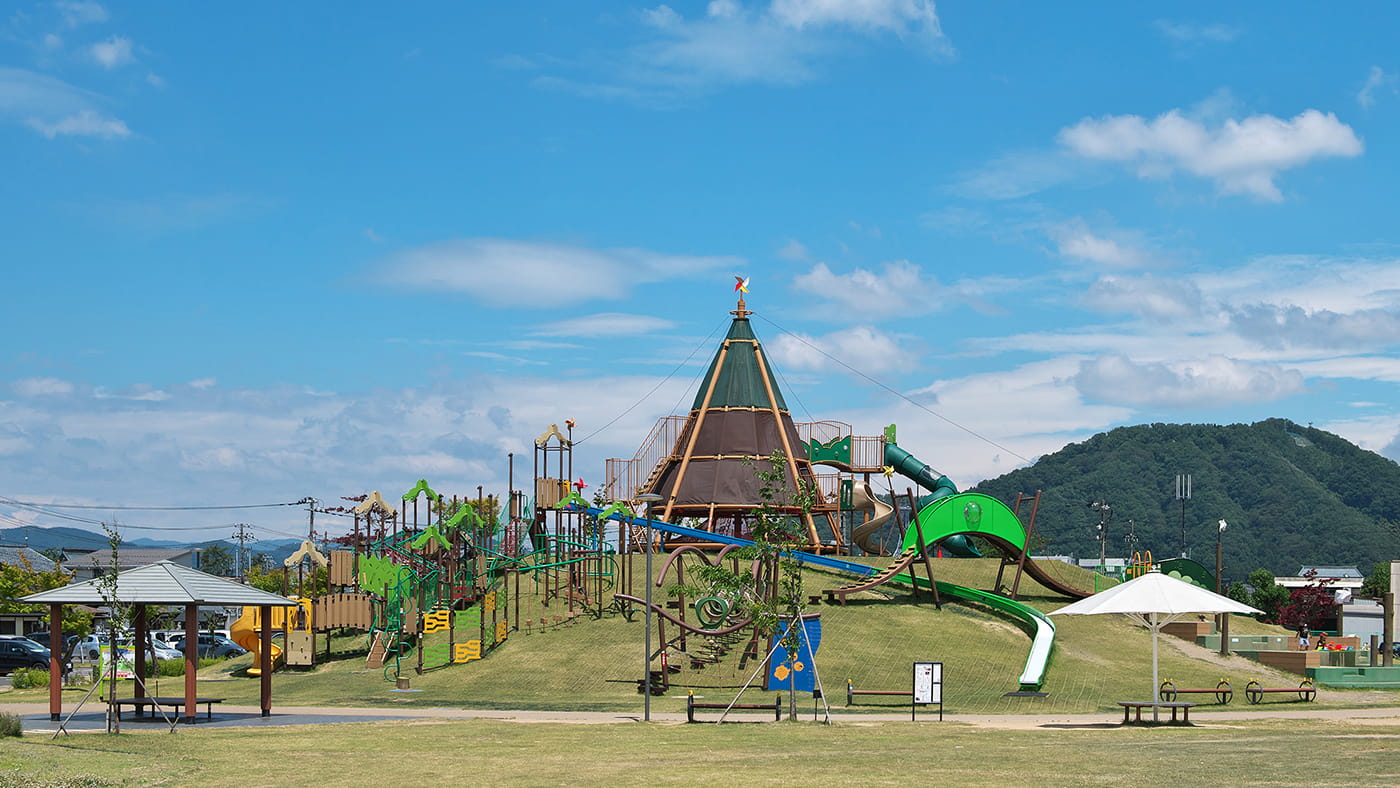
Takefu Central Park
Developed under the supervision of Satoshi Kako, a picture book author from Echizen City, the public plaza depicted here is located in Takefu Central Park. The park has playground equipment, benches, and other facilities with motifs inspired by Kako’s picture books.
The Karasu no Panyasan Windmill Tower, a large playground complex consisting of a giant slider and athletic equipment, and the Daruma-chan and Kaminari-chan’s Fluffy Cloud, a cloud-like trampoline playground, are popular among children, and on hot days, they can also enjoy playing with water. In autumn, it is the site of the Takefu Chrysanthemum Doll Festival.
Washi Village
The Imadate district, where Echizen Washi Village is located, is an Echizen washi (Japanese paper) production area. It boasts a long history of 1,500 years and the highest quality and techniques even among the many washi production areas in Japan.
In Echizen Washi Village, facilities related to Echizen washi are concentrated along a 230-meter-long street, including places where visitors can observe artisans practicing their crafts and experience papermaking for themselves. The streets are lined with a beautiful blend of tradition and nature.


 Events
Events Announcements
Announcements Contact
Contact





